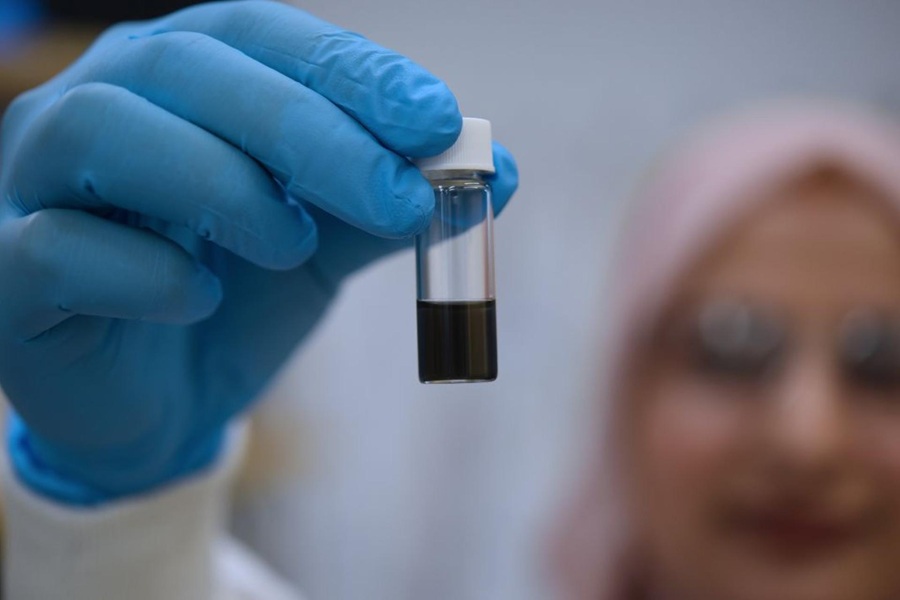Combined Urinary Procedure Used to Diagnosis Mucopolysaccharidoses
By LabMedica International staff writers
Posted on 18 Jan 2017
Mucopolysaccharidoses (MPS) are a group of rare genetic disorders of glycosaminoglycan (GAG) metabolism caused by the deficiency of one of the lysosomal enzymes required for GAG degradation. The diseases are characterized by the accumulation of undegraded glycosaminoglycans in lysosomes in multiple organs and by their excretion in high amounts in urine.Posted on 18 Jan 2017
An early and accurate diagnosis of MPS is critical not only to permit disease-specific genetic counselling but also to guide appropriate supportive care and disease-specific therapy, when available. The first steps in the laboratory diagnosis of MPS suspected patients are based on the quantitative and qualitative analysis of urinary GAGs consisting of their quantitative as well as qualitative evaluation.

Image: The Shimadzu ultra violet–visible 1601 spectrophotometer (Photo courtesy of Shimadzu).
Scientists at the Marche Polytechnic University carried out retrospective study analyzing 2,154 normal urine samples and 210 samples from 73 patients affected by different types of Mucopolysaccharidoses. The glycosaminoglycans were quantified by a dimethylmethylene blue (DMB) method and size-fractionated by a modified one-dimensional electrophoresis method.
Untreated urine samples were analyzed for total GAG content using the DMB test and spectrophotometric measurements were recorded on a Shimadzu UV–visible 1601 spectrophotometer. Creatinine concentration was determined on 100 μL of urine by a Spotchem SP-4430 analyzer. Electrophoretic GAG characterization was performed using cellulose acetate membranes.
The investigators found that the combination of the two methods allowed identifying all the patients affected by the different types of Mucopolysaccharidosis with 100% sensitivity and specificity. The differences between the means displayed according to age values of the control samples and the corresponding values of the MPS patients are statistically significant in all groups with at least more than three samples. Out of 2,154 samples of normal subjects, an increased GAG concentration was found in 259 (12%) samples; however, none of them showed a pathological pattern at the electrophoresis.
The authors concluded that that the combined use of DMB test and electrophoresis allows the identification of all patients affected by MPS with 100% sensitivity and specificity. Moreover, this diagnostic approach provides useful information to proceed with further laboratory and diagnostic confirmatory tests, from enzyme assay to genetic analyses. The study was published in the January 2017 issue of the journal Clinica Chimica Acta.














